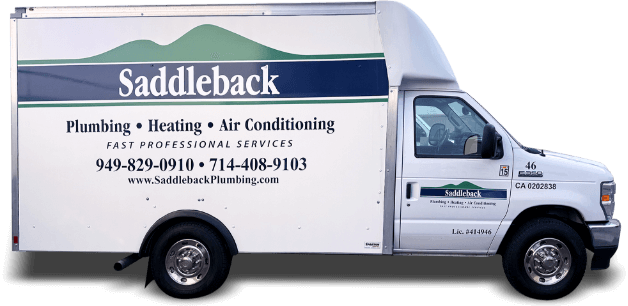Air Conditioning Tips: Causes of AC Short Cycling
June 11th, 2012A common problem with Orange County air conditioners is short cycling. Short cycling is when an air conditioning unit will have either short run times or short off times. This type of quick movement back and forth between being on and off–or rather starting and stopping rapidly–can be detrimental to the overall life of an AC unit, and is also not energy efficient.

